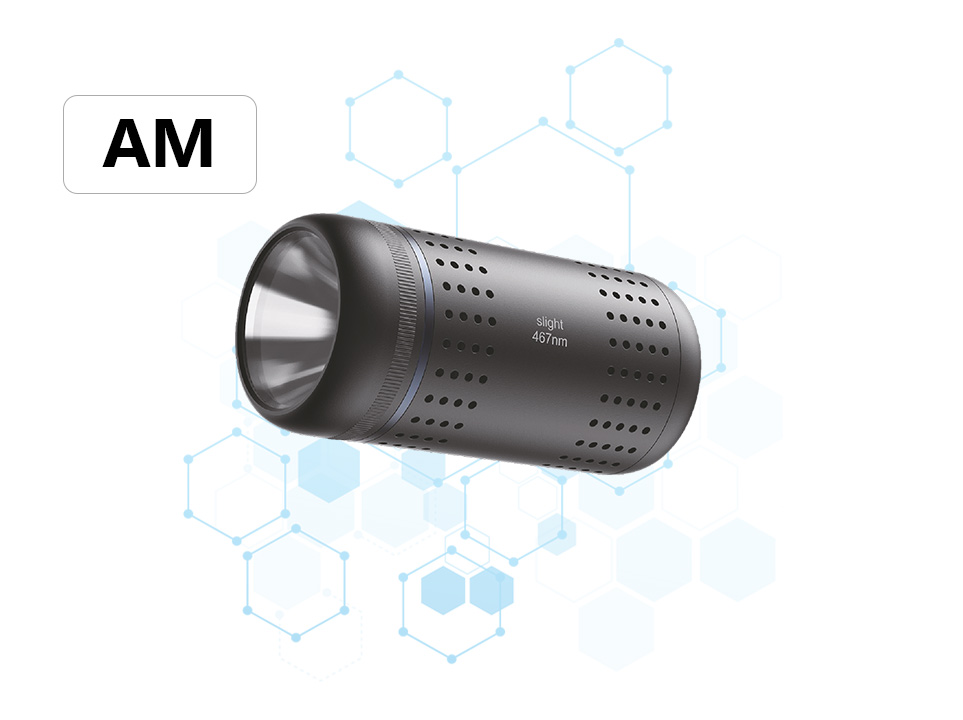Photocatalytic preparation of ethanolamine and ethylenediamine from biomass polyols
The photocatalytic preparation of ethanolamine and ethylenediamine from biomass polyols is an innovative and attractive approach in the field of catalysis. The following is a detailed overview of this process:
Background
Biomass-derived polyols, such as those obtained from vegetable oils or other renewable sources, have significant potential as feedstocks for the production of high-value-added chemicals. Ethanolamine and ethylenediamine are important industrial chemicals with wide applications in various fields, including surfactants, polymers, and pharmaceuticals.
Photocatalytic Process
Catalyst:
The key to the photocatalytic process is the Cu/TiO2 catalyst. This catalyst combines the photocatalytic properties of TiO2 with the catalytic activity of Cu clusters.
TiO2 is a well-known photocatalyst that can absorb light and generate photogenerated holes and electrons. Cu clusters, on the other hand, facilitate the reductive amination step by promoting hydrogen transfer.
Reaction Mechanism:
Under light irradiation, TiO2 generates photogenerated holes and electrons.
The photogenerated holes promote the retro-aldol C-C bond cleavage or oxidative dehydrogenation of polyols.
The photogenerated electrons accumulate on small-sized Cu clusters, facilitating the reductive amination via hydrogen transfer and preventing the generation of H2.
Process Conditions:
The reaction is typically conducted at room temperature.
It is a one-pot process that involves both photocatalytic polyol C-C bond cleavage and reductive amination in a tandem manner.
The catalyst allows the selective conversion of various biomass polyols and amines.
Product Yield:
The reported yield of ethanolamine and ethylenediamine from biomass polyols using the Cu/TiO2 catalyst is around 60%.
Advantages and Applications
Advantages:
The process is environmentally friendly and utilizes renewable biomass resources.
It operates under mild conditions (room temperature), reducing energy consumption.
The Cu/TiO2 catalyst is non-noble metal-based, making it more cost-effective than traditional noble metal catalysts.
Applications:
The produced ethanolamine and ethylenediamine can be used in various industrial applications, such as in the production of surfactants, polymers, and pharmaceuticals.
The process can also be adapted for the conversion of other biomass-derived feedstocks, expanding its potential applications.
Conclusion
The photocatalytic preparation of ethanolamine and ethylenediamine from biomass polyols using a Cu/TiO2 catalyst is a promising approach for the sustainable production of high-value-added chemicals. It combines the advantages of renewable feedstocks, mild reaction conditions, and cost-effective catalysis. Further research is needed to optimize the catalyst performance and explore potential industrial applications of this process.





